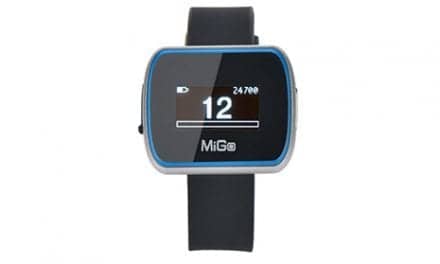In an analysis of acute stroke hospitalizations in Germany, women had greater risk for in-hospital stroke mortality than men despite having fewer complications, researchers reported at the International Stroke Conference.
Dearbhla M. Kelly, MD, DPhil, nephrologist and stroke research fellow at Massachusetts General Hospital, and colleagues analyzed 1,882,930 patients (48% women) hospitalized for acute stroke in Germany from 2014 to 2019.
“There has been a lot of heterogeneity in the literature to date … and previous studies may have lacked a certain national representativeness, and there may have been some selection bias,” Kelly said during a presentation. “There are also some knowledge gaps for recent temporal trends.”
Women tend to be older than men at presentation (ischemic stroke: median age, 79 years vs. 73 years; P < .001; hemorrhagic stroke: median age, 76 years vs. 74 years; P < .001). Admission rates declined from 2017 to 2019, particularly for ischemic stroke in women, Kelly said, noting that admission rates were higher for men throughout the study period.
Among the ischemic stroke cohort, women were more likely than men to have hypertension, atrial fibrillation, chronic HF, chronic kidney disease and dementia, whereas men were more likely than women to have cancer, CHD and diabetes and to be current smokers (P < .001 for all), Kelly said during the presentation.
In the hemorrhagic stroke cohort, almost all risk factors were more common in men vs. women, including hypertension, cancer, chronic kidney disease and diabetes (P < .001 for all), she said.
In patients with ischemic stroke, men were more likely than women to have carotid interventions (endarterectomy, 2.3% vs. 1.1%; P < .001; stenting, 1.4% vs. 0.7%; P < .001), but women were more likely than men to receive thrombectomy (3.6% vs. 4.5%; P < .001), and there was no difference by sex in use of thrombolysis, she said.
“These differences may reflect differences in the underlying pathology as opposed to differences in the care received,” Kelly said.
Compared with women with ischemic stroke, men experienced higher rates of complications such as acute kidney injury, sepsis, need for mechanical ventilation, as well as longer length of stay and higher costs (P <. 001 for all), but women had higher rates of in-hospital mortality (5.5% vs. 8.1%; P < .001), according to the researchers.
Among patients with hemorrhagic stroke, there was no difference by sex in craniectomy and evacuation of intracranial hemorrhage, but men had greater rates of acute kidney injury, sepsis and need for dialysis (P < .001), and women had greater rates of bleeding (P < .001) and in-hospital mortality (16% vs. 20%; P < .001), Kelly said.
The unadjusted ORs for in-hospital mortality in women compared with men were 1.43 (95% CI, 1.42-1.45) for total stroke, 1.52 (95% CI, 1.5-1.54) for ischemic stroke and 1.32 (95% CI, 1.29-1.34) for hemorrhagic stroke, Kelly said during the presentation.
In a multivariate logistic regression analysis, female sex was an independent predictor of in-hospital mortality for patients with any stroke (adjusted OR = 1.16; 95% CI, 1.15-1.17; P < .001), ischemic stroke (aOR = 1.12; 95% CI, 1.11-1.14; P < .001) and hemorrhagic stroke (aOR = 1.19; 95% CI, 1.16-1.21; P < .001), according to the researchers.
“This may be attributable to the increased age of female patients, their tendency toward more severe stroke, greater burden of atrial fibrillation and pre-stroke functional limitations and disabilities,” Kelly said during the presentation. “It has also been proposed that there may be sex-specific functional cerebral asymmetries that underlie differences in stroke severity between the sexes. We know there is a lack of therapeutic options for [intracerebral hemorrhage] and a high complication rate in general.”
She noted, however, that information about etiological subtypes was not readily available, and there was potential for residual confounding.
[Source: Healio Cardiology]





